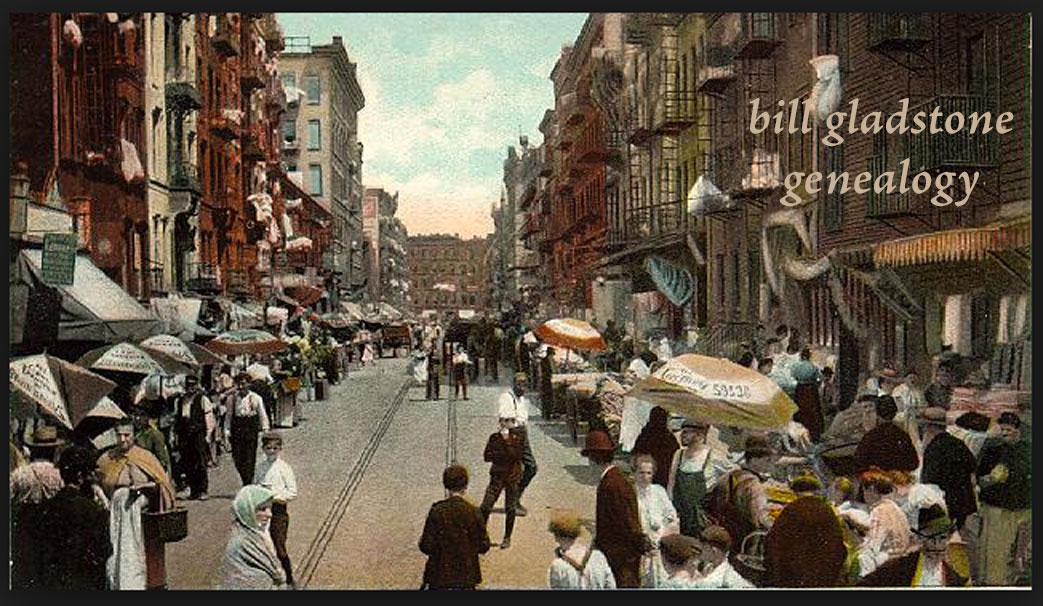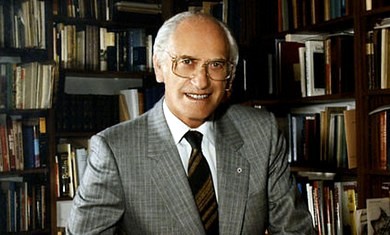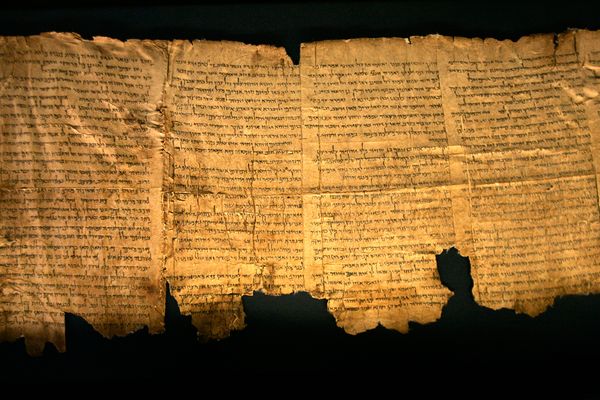The Jewish community of Windsor, Ontario, had a population of 3,000 at its zenith in the 1930s, and has been whittled down to about one-third that size in the modern era. It was never one of Canada’s major Jewish centers, but, as Jonathan V. Plaut writes in a new historical study, the border town’s Jewish community has many distinguishing characteristics that set it apart from those of other mid-sized towns.
In The Jews of Windsor, 1790-1990: A Historical Chronicle (Dundurn Press), Plaut relates the community’s history in detailed, chronological fashion as a historian would, utilizing interviews and a comprehensive array of records and documents.
The tale begins with the first Jewish resident, the pioneer merchant Moses David, who preceded his co-religionists by about three-quarters of a century. Buried in an obscure location in nearby Sandwich in 1814, David’s grave was subsequently lost and relocated in the 1970s, when his remains were transferred, under halachic supervision, to Shaar Hashomayim cemetery in Windsor.
An infusion of Russian Jews founded the modern community from about the 1880s. The infighting and congregational strife that accompanied this growth is a sadly familiar story. Conflicts arose, for example, soon after the arrival of Rabbi Morris Gitlin to Windsor’s first synagogue (later Shaarey Zedek) on Pitt Street about 1903:
“Despite the fact that its members all had the same Orthodox background, they were certainly not a homogeneous body. By then, some had become so assimilated that they saw Rabbi Gitlin’s very strict rules as a hindrance to their efforts to earn a livelihood . . . In view of the fact that this very pious traditionalist was obviously unwilling to implement any changes, there is reason to believe that some of the more intractable members even decided to attend the Reform services that had become available in Detroit.”
A new wave of Jewish settlers brought more factionalism after the turn of the century. The newcomers were upset because they wanted to preserve their Orthodox customs and because “members of the more established families continued to retain all the important synagogue positions.” They founded a new congregation, Tifereth Israel, about 1914.
Rabbi Samuel Stollman, Orthodox spiritual leader of Shaar Hashomayim from the 1950s, oversaw a formative period of development for the community, which faced new challenges when Reform arrived in the 1960s. Considerable space is devoted to the elements that make the Windsor community unique — including its proximity to Detroit, and the two widely-respected Windsor Jews, David Croll and Herb Gray, who became prominent politicians and left their marks on all levels of government in this country.
“This small community had cabinet representation in the provincial and federal governments,” said Plaut, referring to Croll’s advancement from mayor to the provincial Legislature, and Gray’s role in the Liberal governments of Pierre Trudeau.
Plaut, son of Toronto Rabbi W. Gunther Plaut and his late wife Elizabeth, wrote an early version of the book as a doctoral dissertation while serving as rabbi of Windsor’s Congregation Beth El, a post he held from 1970 to 1984. He served a congregation in San Jose, California until 1993, then returned to the Windsor-Detroit area, recognizing he had been given a golden opportunity to “get this project done before I die.” His dissertation had ended at 1940; through more interviews and archival research, he brought it up to 1990, the bicentennial year of the Windsor Jewish community.
Besides its prominent politicians, another distinctive element of the community is that “it was really very tight-knit on the issues of Israel, taking care of each other, and the importance of education,” Plaut said. “Yet they disagreed quite vehemently about religious practices and how education was to be delivered, whether through a Yiddish approach or a Zionist approach. There was a lot of bickering.”
Today, like many communities from small and mid-sized towns, the Windsor community “struggles to maintain itself as more and more of the generation moves to the larger metropolitan areas,” Plaut said. Still, he is convinced the community, even as it continues to shrink in size, will not disappear.
“Because it’s a very tight-knit community and because of its proximity to Detroit, it will survive,” he said. “I’m really not worried about its long-term survival. I believe that it will change, but it will continue.”
At 320 pages, The Jews of Windsor, 1790-1990 was published in softcover with many illustrations.
Besides honouring his long-time home community of Windsor with a book, Plaut has also honoured his parents by editing works related to both his father and mother. Both were published this year. One Voice: The Selected Sermons of W. Gunther Plaut, was produced by Dundurn Press; and The Plaut Family: Tracing the Legacy, by Elizabeth S. Plaut, came from Avotaynu Inc. of New Jersey. ♦
© 2007






